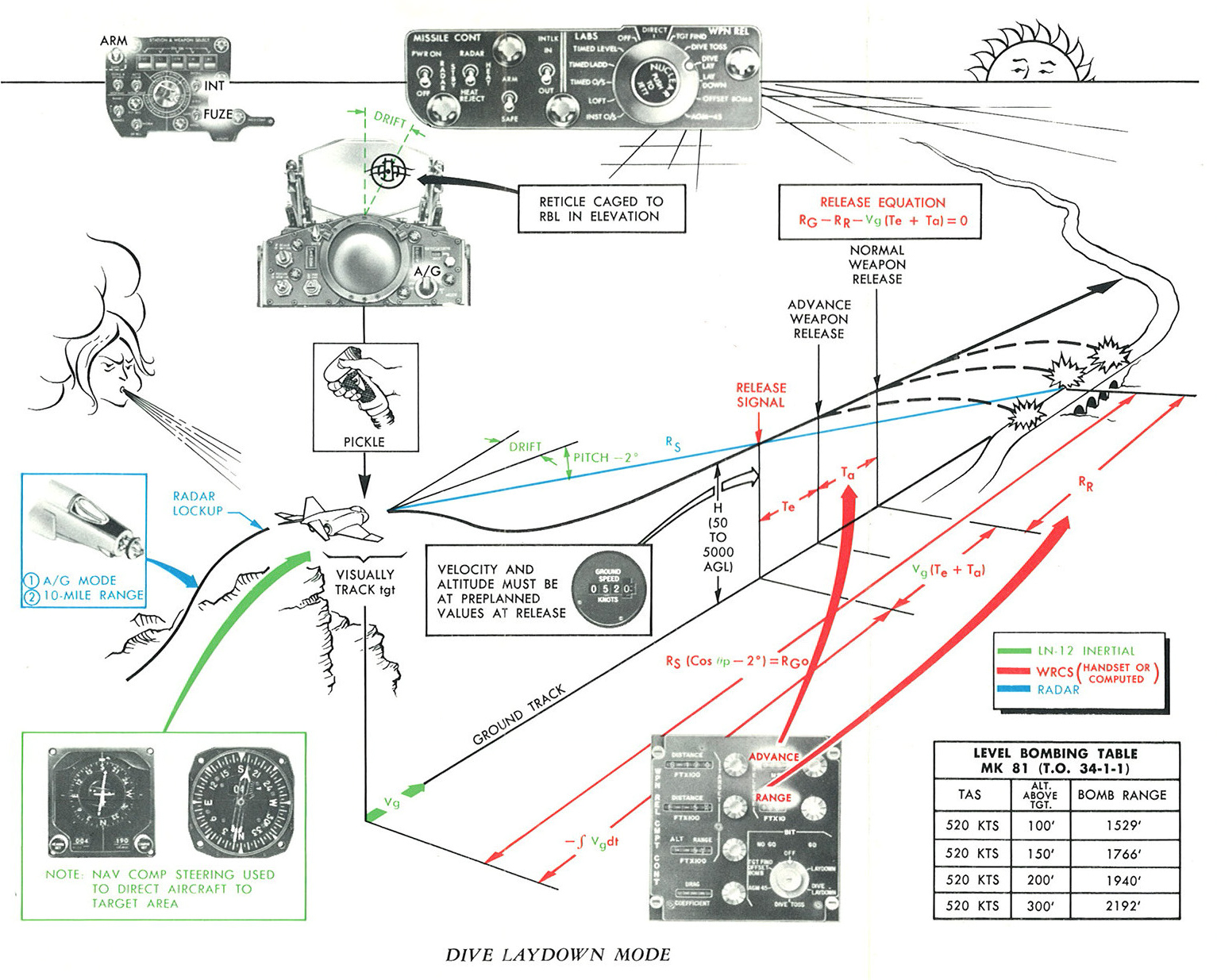 |
Glenn’s Computer Museum |
| Home | New | Old Military | Later Military | Analog Stuff | IBM Stuff | S/3 Mod 6 | S/32 | Components | Encryption | Misc | B61 |
change log |
contact me |
![]()
 |
Glenn’s Computer Museum |
| Home | New | Old Military | Later Military | Analog Stuff | IBM Stuff | S/3 Mod 6 | S/32 | Components | Encryption | Misc | B61 |
change log |
contact me |
![]()

As for many technologies, World War II was a catalyst for advancing the state of the art in computing. The devices in this section of the museum were developed for WW II use and the early days of the the cold war. This early computer usage was dominated by one fundamental application: how to aim a projectile (airplane, bomb, rocket, bullet, artillery shell, torpedo) so that it will properly arrive at a target. For artillery applications, the locations are typically not moving and the calculations can be done ahead of time and stored in tables. Starting in the 1800's, specialized computers called differential analyzers were developed to calculate these artillery ballistic tables. One of the first computers, EDVAC, was developed specifically to calculate these tables.
More interesting are the cases where one or both of the source and target are moving, are at possibly different altitudes, possibly changing direction or altitude, and the calculation must be done in real time. Some obvious examples are dropping a bomb, shooting a gun from an airplane, and shooting a torpedo from a submarine. A closely related application is navigation: calculating the path to get from point A to point B. Another real-time computing application for this period is the air data computer, which calculates the calibrated air speed, mach number, altitude, and climb rate from an airplane's pitot-static system combined with other variables such as reference pressure and temperature.
Starting in the early 1900's, specialized electro-mechanical analog computers were developed to solve these computing problems. Analog computers were used because the primitive digital computers were not fast enough for real time applications (they were also not physically robust enough enough for airplane and ship operations). The key computations needed for these applications are addition, multiplication, trigonometry, and numerical integration. These can be easily and quickly performed by mechanical or electrical circuitry used in an analog fashion. For example, the typical mechanical integrator (invented in the mid-1800's) consists of a rotating disc and a small wheel sitting on the disk and rotating with it. The rate of rotation of the wheel is proportional to the product of the disk rotation rate and the radius of the point of contact between the disk and wheel. If the radius y is changed as a function of the wheel rotation, x, then the accumulated rotation of the wheel at a given moment is proportional to the integral of y with respect to x.
The disadvantage of analog computers is, of course, lack of precision. This is not critical where the inputs are imprecise ( human controls, for example) and the outputs control imprecise equipment (hydraulic moving of a gun turret, for example).
A great paper on on the early history of mechanical analog computers for military applications is here.
I'm particularly interested in these electro-mechanical computing devices since they represent a lost computing technology. While today I work on very fast and complex micro-processors containing hundreds of millions of transistors, the design and manufacturing of these 1940's and 1950's devices seems unfathomable to me. I doubt that anyone could manufacture something like these devices, especially not in high volume.